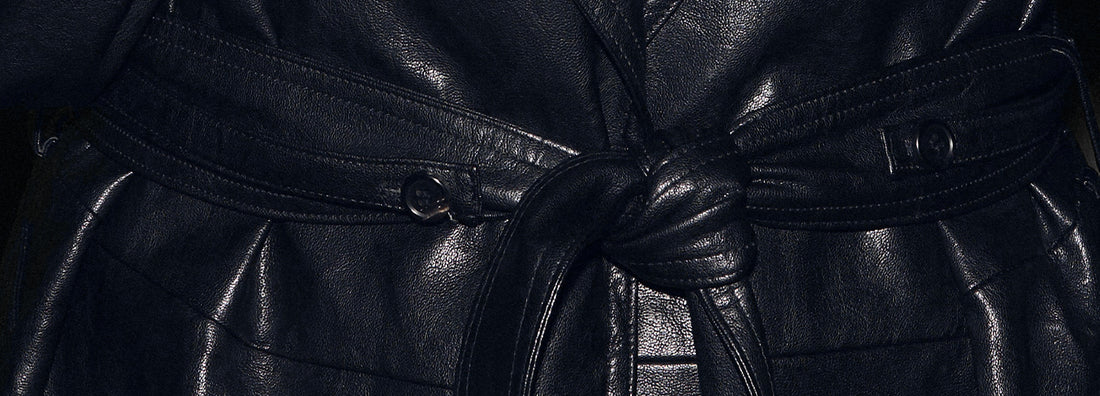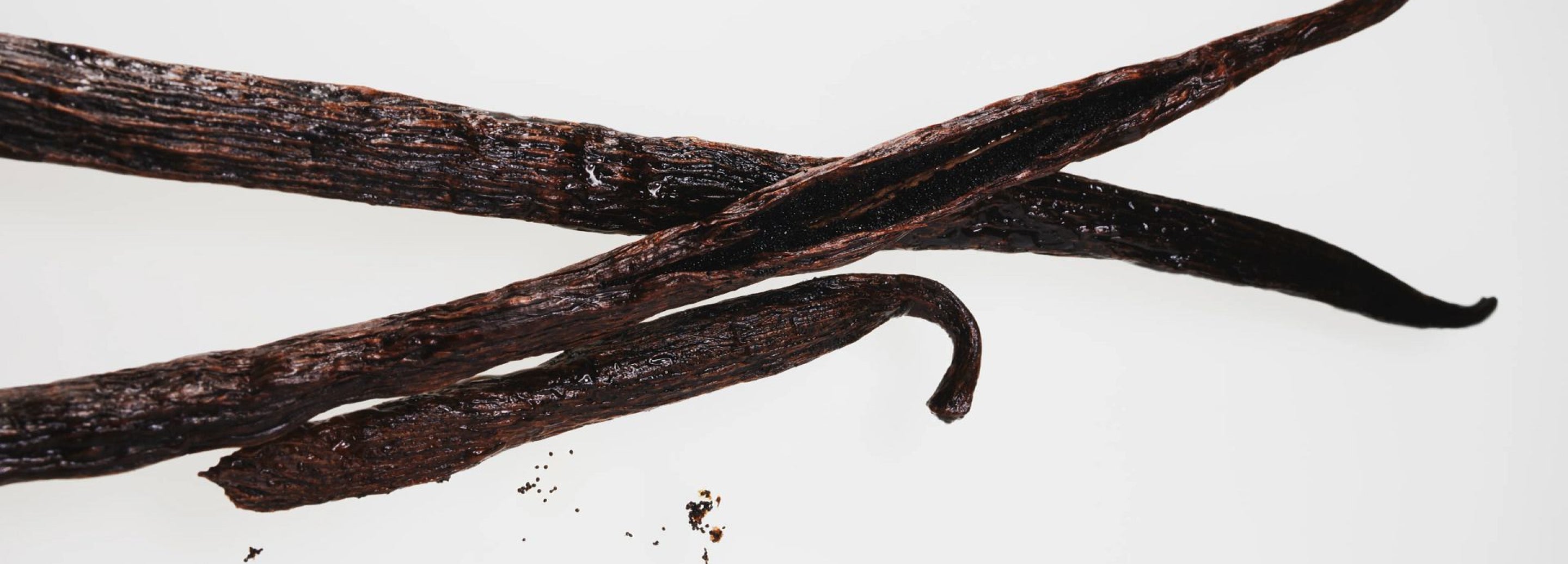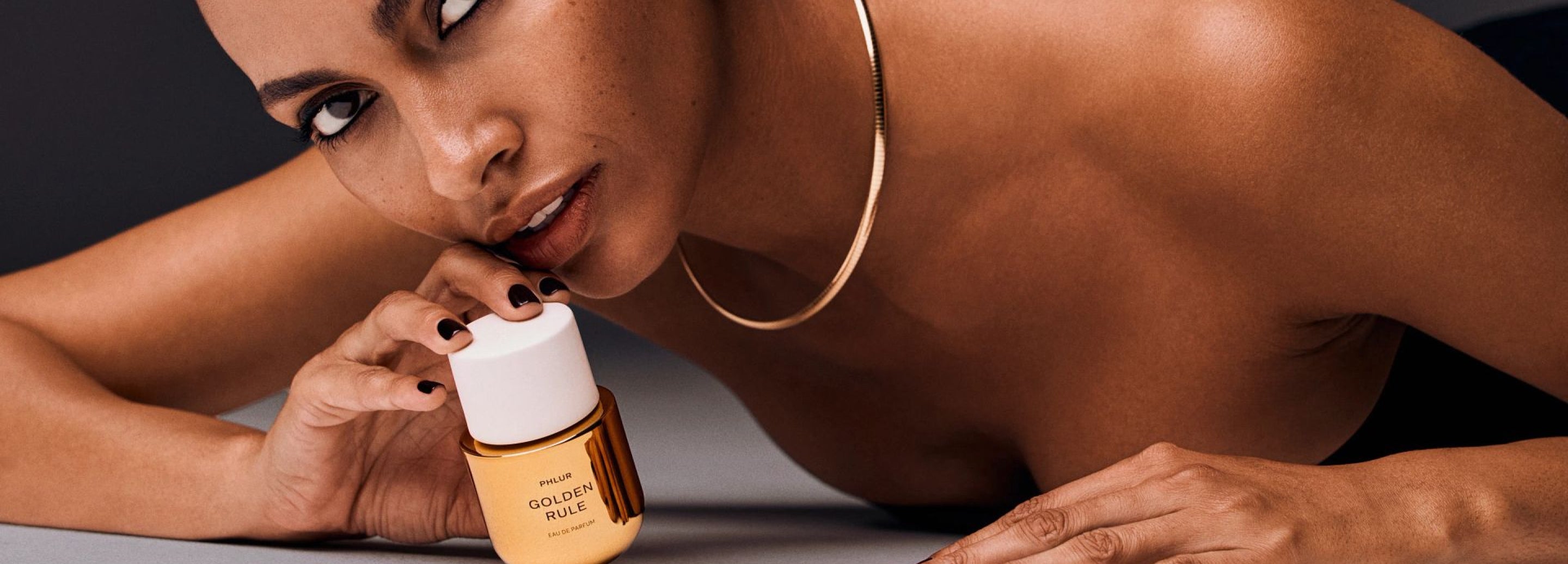What is Leather in the Context of Perfumery?
Leather, when used as a term in the perfume industry, is an aromatic note commonly used to evoke the distinct aroma of the leather fabric material. The scent, reminiscent of newly tanned leather, is characterized by warm, spicy, and slightly sweet notes. Perfumers use a blend of natural and synthetic ingredients–including labdanum, birch tar, castoreum, and cade oil–to create this scent.
Leather fragrances are often used to create unisex and masculine scents and can be found in perfumes belonging to the oriental, chypre, and woody fragrance families. Due to its strong and long-lasting aroma, leather is a popular ingredient in perfumes and other fragranced products.
Origin:
The use of leather notes in perfumery can be traced back to the early 1900s, when perfumers started experimenting with creating fragrances that resembled the aroma of leather goods. Their goal was to recreate the pleasantly warm, distinct scent of leather goods, like saddles and leather jackets, after exposure to the elements.
These scents were often created using notes such as musk, civet, and castoreum, along with synthetic materials that had a leather-like aroma. Leather scents gained popularity during the mid-20th century with the rise of men's fragrances that often incorporated leather notes. Today, leather scents continue to be widely used in perfumery and can be found in a variety of fragrances, from classic men's colognes to contemporary unisex scents.
Function:
Leather is a popular and versatile base note in perfumery that is often blended with other notes, including musk, vanilla, and woody scents, to create a complex and balanced fragrance. Its warm and luxurious aroma adds depth and richness to perfumes. The familiar and comforting scent of leather is associated with well-loved and well-used leather goods, which makes it a popular choice among fragrance creators.
Ingredient Type:
In the world of perfumery, the fragrance note of leather is often created synthetically rather than sourced from natural materials. Natural leather has a distinct scent, but it is not commonly used in perfumery due to its high cost, inconsistent scent, and limited availability.
To replicate the warm, luxurious aroma of leather, perfumers create synthetic fragrance compounds known as "leather accords." These accords can be designed to closely resemble the scent of natural leather, or to create a completely unique interpretation of the leather fragrance note.
Scent Profile:
The scent profile of leather in perfumery is typically described as warm, rich, and musky, with hints of smokiness and animalic notes. Leather fragrance notes are designed to evoke the scent of well-worn leather goods, such as saddles, horse bridles, and leather jackets, and often have a slightly sweet and earthy quality. In perfumes, leather can also take on spicy, woody, or even floral qualities, depending on the other fragrance notes that are used in the blend. Leather is often used as a base note in perfumes, providing a lasting and grounding effect for the other fragrance notes to build upon.
Variations of Leather in Perfumery:
In perfumery, natural leather is not a commonly used raw material due to its high cost and inconsistent scent. Instead, perfumers rely on synthetic fragrance compounds to create the scent of leather. Synthetic leather can come in several variations, each with its unique scent profile.
Common synthetic leather variations include:
Ethyl Maltol: Used to create a sweet, caramel-like note in perfumes to mimic the scent of well-worn leather.
Isobutyl Quinoline: Used to produce a rich, warm, and slightly animalic scent reminiscent of leather.
Civetone: A synthetic compound that creates a musky note that is associated with leather.
Labdanum: A resin used to create a warm, musky, and slightly sweet fragrance note that is similar to leather.
The selection of compounds used in a particular fragrance depends on the desired scent profile and other fragrance notes used in the blend.
What Fragrance Family is Leather in?
Leather is considered a fragrance note that can span across multiple fragrance families. It is most often associated with the oriental and chypre fragrance families due to its warm, rich, and musky scent. Leather is sometimes used in woody and ambery fragrances to add depth and richness to the scent profile.
Phlur Perfumes Containing Leather:
No Phlur fragrances utilize leather materials at this time.
- Choosing a selection results in a full page refresh.
- Opens in a new window.




